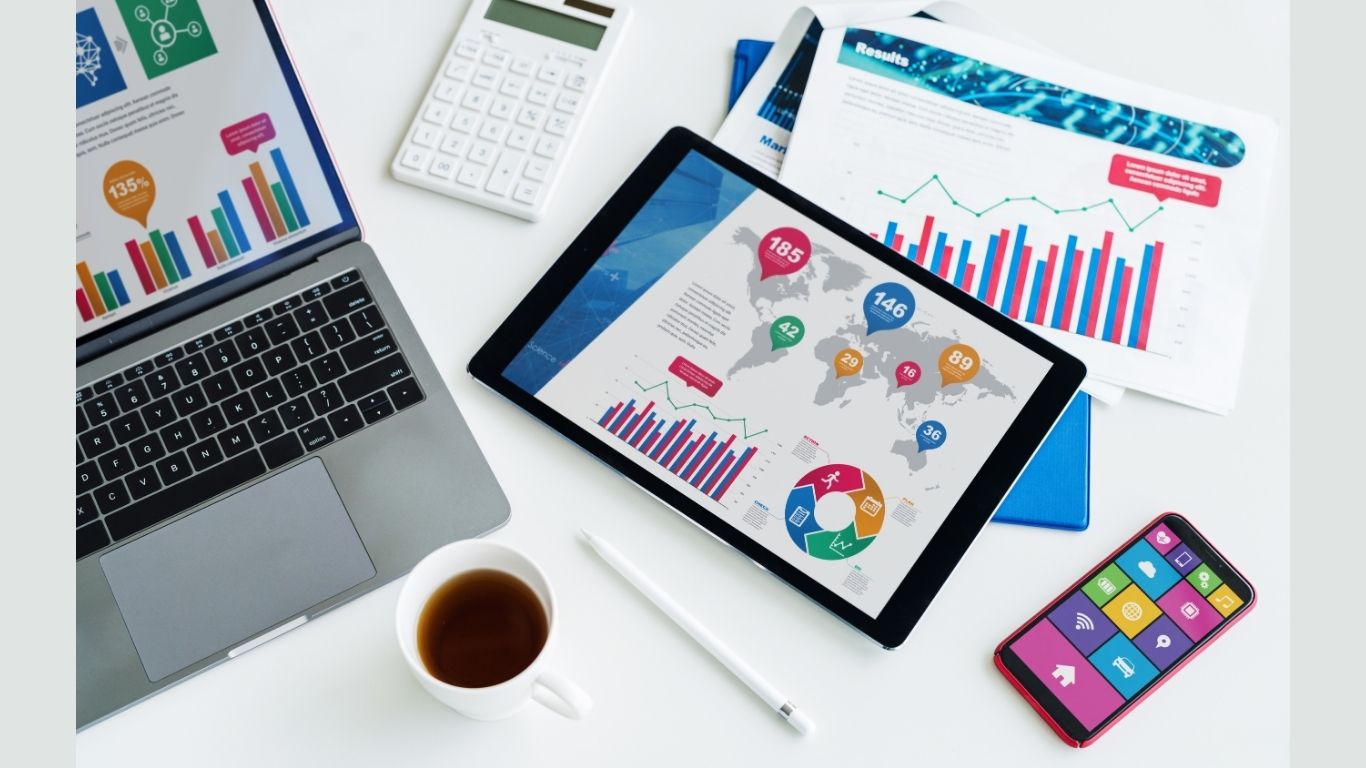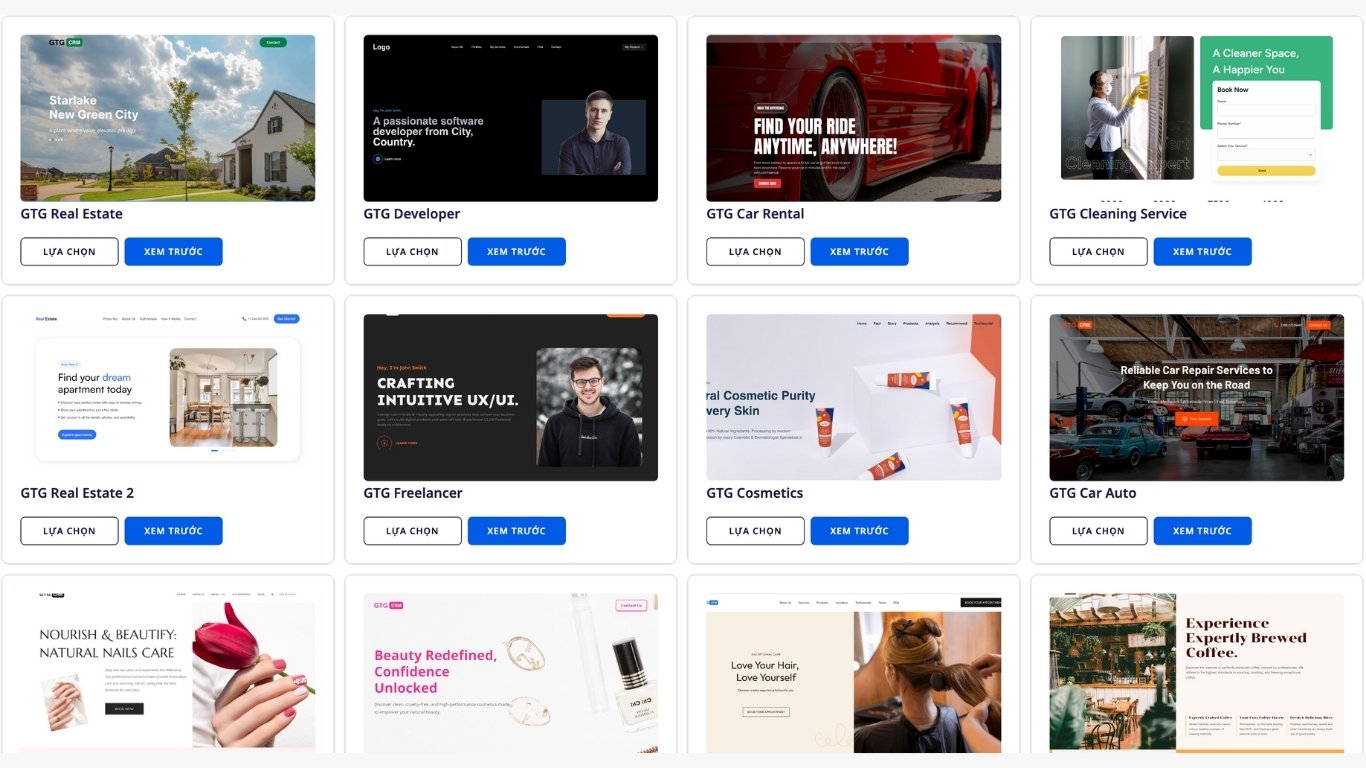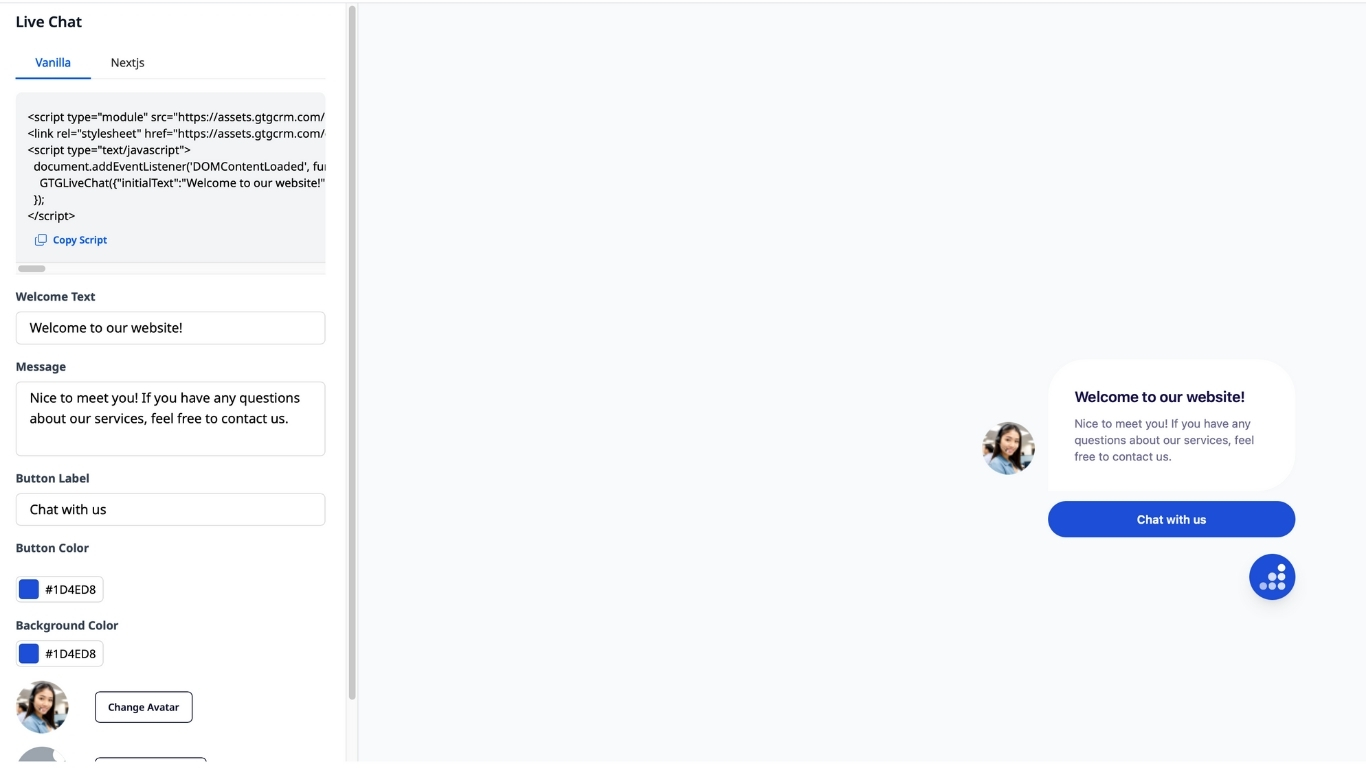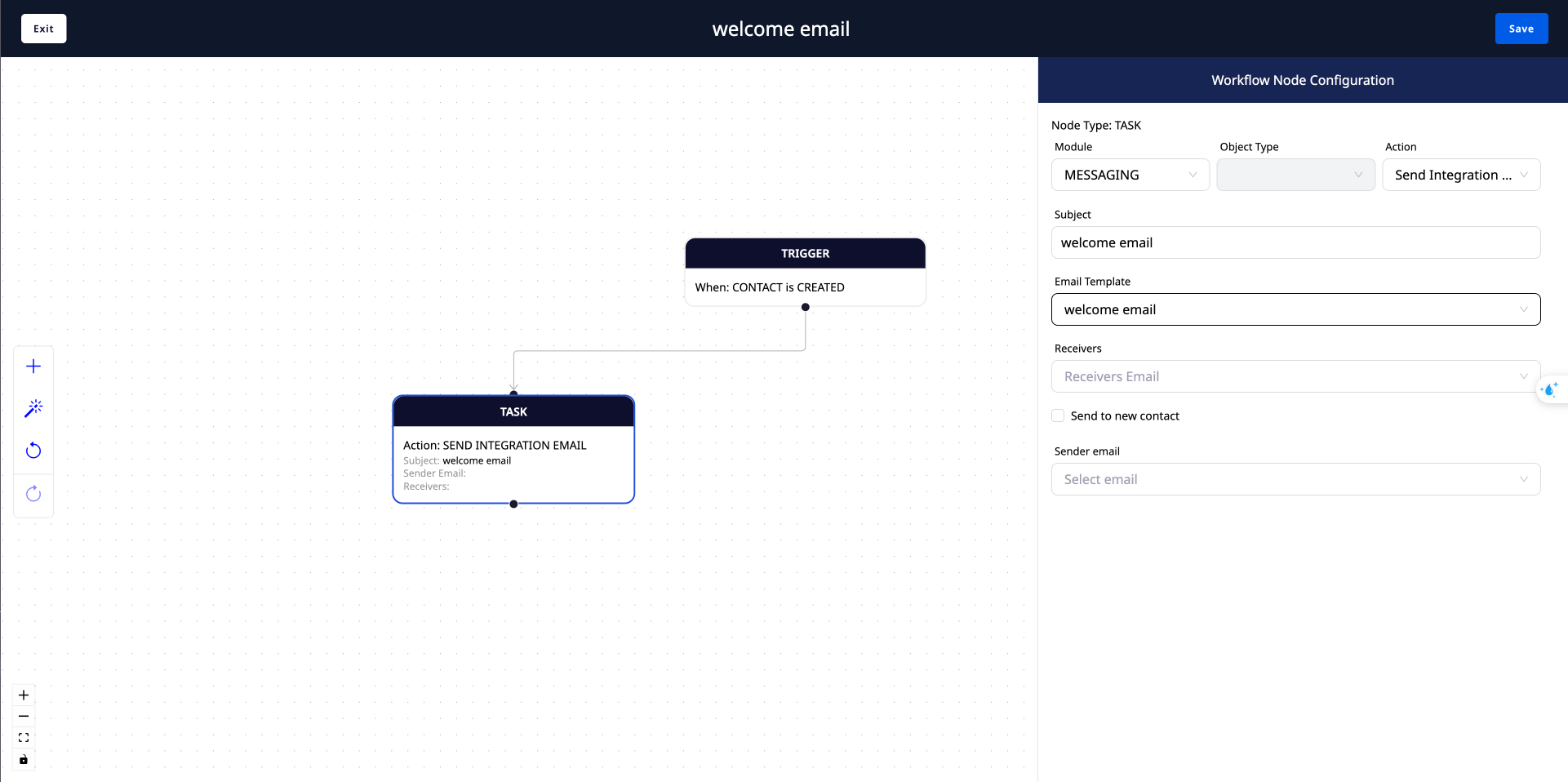The secret to building a sales process that helps triple your orders
Hoc Tai
532 views
Table of Contents
A well-structured sales process is the “golden compass” that helps small businesses convert potential customers into loyal customers, while optimizing performance and sustainable revenue growth, increasing conversion rates by an average of 28% and revenue by 15-20%. This article will guide you in detail on how to build a 7-step sales process, with practical examples and checklists for you to apply immediately, helping to triple your orders in a short time.
What is a sales process?
A sales process is a series of steps designed to guide customers from awareness to purchase and loyalty. It includes activities such as lead generation, outreach, persuasion, closing, and post-sale care. An effective process should:
- Be systematic: Easy to apply and repeat by all employees.
- Measurable: Helps track performance at each stage (e.g. conversion rate, closing time).
- Be customer-focused: Address real needs, not just “sell” products.
For example: An online fashion store can build a process from running ads on Instagram (finding leads), reaching customers through text message consultation, shipping to send products, and sending thank you emails after they have purchased.
Why build a process Standardized sales?
Without a process, the sales team is prone to:
- Working emotionally: Each employee applies their own method, leading to uneven results
- Missing customers: Not following up on leads, missing opportunities to close deals
- Difficult to train: New employees don't know where to start
- Not measurable: Not clear which stage is underperforming
On the contrary, a standardized process brings benefits:
- Increasing performance: Employees work in unison, reducing errors
- Easily scalable: Easily train new employees and replicate the sales model
- Improved customer experience: Customers receive consistent, professional service
- Data-driven optimization: Easily analyze and improve step by step
7-step sales process diagram with GTG CRM
Step 1: Prepare and define goals
Goals: Understand your customers and market to build a suitable strategy.
How to do it:
- Market research: Use tools like Google Trends, SEMrush or customer surveys to identify trends and needs
- Buyer Persona: Identify their age, income, behaviors and problems. For example: A cosmetics store might target 25-35 year old women interested in organic products.
- Choose a channel: Social media advertising, SEO or seminars
- Set KPIs: For example, collect 100 leads/month or achieve a 20% conversion rate.

Businesses need to research the market market, customers to build sales process
You can use CRM platforms to simplify this step, GTG CRM is one of the tools that can help synthesize customer data from many different sources, manage customer data effectively on a single platform. If you don't use a CRM, you can use Google Sheets to record information.
Step 2: Find potential customers
Goal: Build a list of potential customers with high purchasing potential.
How to do it:
- Collect leads: Use a registration form on the Website/Landing Page, paid advertising or offline events
- Screen leads: Classify by needs, affordability, and level of interest
- Use Lead Scoring: Evaluate leads based on behavior (e.g. ebook download = 10 points, call for consultation = 50 points).

Determine who are the customers who really need your products
GTG CRM automatically collects leads from many different sources such as Landing Page, registration form, social network, displays flexible information fields to help you understand your customers better, thereby classifying customers into appropriate groups. Thanks to that, the sales team saves time and prioritizes the right group of valuable customers.
In addition, GTG CRM also provides Landing Page templates with built-in information filling forms and Live Chat, making lead collection easier than ever, see demo now .
Step 3: Approach and build relationships
Goal: Make a good impression and understand customer needs.
How to:
- Personalize your outreach: Send an email or text message based on the lead's information. For example: “Hello Mr. Nam, I see you are interested in the marketing course. What problem are you trying to solve?”
- Ask open-ended questions: Ask about the customer's difficulties instead of just introducing the product.
- Continuous monitoring: Record all interactions to avoid repeating information
GTG CRM Support sending emails and direct messages right in the system, and at the same time collect all messages from channels into a common inbox, allowing labeling, classification by status (eg: Processing, Paid, Partner, ...) and supporting mass messaging. This saves you 10-15 hours a week without missing any conversations.
Step 4: Introduce the product/service
Objective: Present a solution that fits the customer's needs.
How to do it:
- Focus on value: Instead of listing features, emphasize benefits. For example, instead of "Product has SPF 50," say "Protects skin from 98% of UV rays"
- Personalize the solution: Give specific examples. For example: “With a budget of 10 million, we recommend this website design package to increase traffic by 30%”
- Use visual content: Submit a demo video, infographic or Landing Page
GTG has ready-made Landing Page templates, helping brands introduce products in a professional, consistent and easy way. In addition, GTG CRM also has email templates to help you take care of customers easily and quickly, try it for FREE now!

GTG CRM Landing Page Templates Treasure
Step 5: Quote and convince customers goods
Objective: Convince customers with a suitable and clear proposal.
How to do it:
- Transparent quotation: Send a detailed price list, with incentives (if any). For example: “Basic package 5 million/month, 10% discount if paid for 6 months”
- Handle concerns: Prepare answers to common questions (price, quality, after-sales service)
- Create a sense of scarcity: For example: “This offer is only valid until the end of the month”
GTG CRM allows communication with customers on a single platform, saves all conversations, makes it easy for the team to track, coordinate and deliver the right persuasive messages.
Step 6: Answer Questions and Close the Deal
Goal: Remove barriers and encourage customers to make decisions.
How to:
- Quick Response: Respond to questions within 24 hours
- Benefit Summary: Reiterate the key value of the product/service
- Clear Call-to-Action: Example: “Would you like me to send you a contract today?”
Live Chat of GTG CRM support you to answer customers 24/7, Live Chat button can be completely customized according to your brand, if you already have a website, just copy & Paste this script into your website to get a complete Live Chat.

GTG CRM Live Chat Interface
Step 7: After-sales care - Upsell & Retention
Goal: Build long-term relationships and increase customer value (LTV).
How to:
- Send a thank you note: A thank you email or text message after a purchase.
- Ask about the experience: Send a short survey (5 questions) to get feedback
- Upsell/Cross-sell: Suggest additional products. For example: When a customer buys cosmetics, you can introduce additional skin care masks.
- Gratitude program: Give vouchers or invite to join the loyalty program
At this step, GTG CRM can completely help you with the Automation Workflow feature, automatically sending emails, helping you maintain relationships, increase the return rate and turn customers into natural referrals for the brand.

How to build an automated customer care flow with GTG CRM
Conclusion
Building a systematic sales process not only helps increase conversion rates but also creates a foundation for sustainable growth. With the 7 steps above, you can get started even without using a CRM tool. But a smart CRM tool like GTG CRM will help automate and track performance, saving you hours. Try GTG CRM for FREE now at GTG CRM .
Maybe You Should Read These

GTG CRM - Comprehensive Marketing Platform to Boost Sales for Small Businesses

Discover how GTG CRM turns emotional selling into a professional closing system

How to be a steady Real Estate Salesperson in difficult times?
